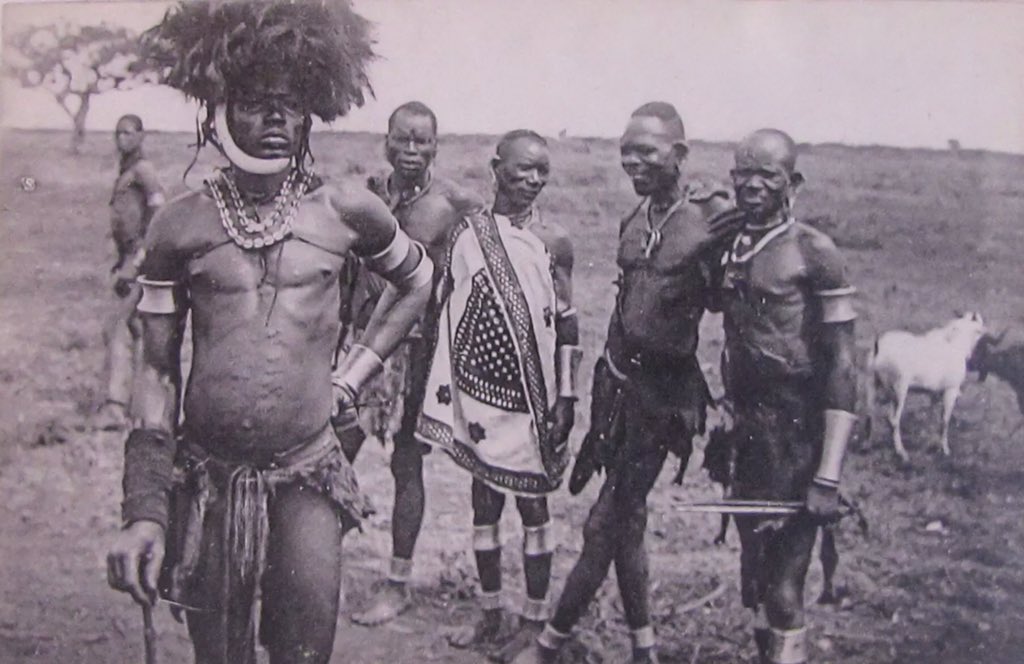This is an undated photo of a Kavirondo/Luo “medicineman” (foreground).

The same was done for girls, only that it happened four days after birth.

Keep Current with H i s t o r yK E
This Thread may be Removed Anytime!
Twitter may remove this content at anytime, convert it as a PDF, save and print for later use!

1) Follow Thread Reader App on Twitter so you can easily mention us!
2) Go to a Twitter thread (series of Tweets by the same owner) and mention us with a keyword "unroll"
@threadreaderapp unroll
You can practice here first or read more on our help page!

